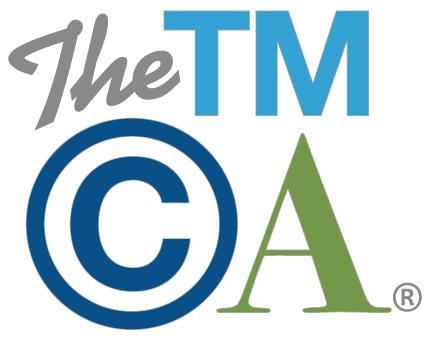Tune Up: Initial Lessons from Gibson’s Most Recent Trade Dress Lawsuit
Shortly before Christmas 2017, Gibson Brands sued Funko, a maker of pop culture dolls, for trademark infringement relating to several of Funko’s figurines of famous musicians. Among the dolls named in the complaint are Slash (Guns N’ Roses) and Kirk Hammett (Metallica).
 |
 |
Gibson’s complaint centers on rights it claims to the shapes of the various guitars that the musicians are holding in the figurines. Gibson cites protection for the following designs (depicted below from federal registration records with links to the USPTO for further reference):

Les Paul Body Shape Design
(Reg. No. 1782606)

Flying V Body Shape Design
(Reg. No. 2051790)

Flying V Headstock Design
(Reg. No. 3976202)

Explorer Body Shape Design
(Reg. No. 2053805)

Kramer Peghead Design
(Reg. No. 1567052)
Among Gibson’s causes of action is a claim for infringement of trade dress, which federal courts have defined as the “image and overall appearance of a product [that] embodies that arrangement of identifying characteristics or decorations . . . that makes the source of the product distinguishable from another and promotes its sales.” Gibson has been fairly active in suing companies it believes have infringed its trade dress rights, including Paul Reed Smith Guitars (trade dress claim dismissed in favor of straight trademark infringement claim), Viacom (involving a SpongeBob SquarePants Flying V Ukulele), and John Hornby Skewes (claiming counterfeiting of body and headstock shapes; case ultimately dismissed).
There are generally two types of trade dress: product packaging and product design. Gibson’s claim falls into the category of product design trade dress, which the Supreme Court has held can never be inherently distinctive (that is, it cannot immediately function as an indication of source to the average consumer). Therefore, to succeed against Funko, Gibson will need to demonstrate acquired distinctiveness of its product designs. It will also need to prove its protected designs are similar to those depicted on the Funko Dolls, that its product design trade dress is not functional (in other words, whether the design has some utilitarian feature), and that there is a likelihood of confusion between the parties’ products.
The Funko case is a timely reminder to companies who manufacture and sell products. All aspects of a product should be evaluated for potential intellectual property conflicts before bringing the product to market. In the Funko example, there are several potential sources of rights:
- Right of publicity – depiction of the individual musician.
- Trademark – The band and musician’s name; brands displayed on clothing worn by the musician, on the guitar, or other items that are part of the figurine; and the design of any objects that are part of the figurine (such as the guitar, sunglasses, or even the shape of Slash’s hat, for example).
- Copyright – The band’s logo, any stickers or emblems featured on the figurine or items that are part of the figurine, and possibly any tattoos.
Once these potential rights are identified, a careful analysis should be undertaken as to which rights should be licensed and which could possibly be defended as fair use under relevant law.
On the flipside, companies who produce products with unique, non-functional product designs should consider registering their trade dress with the USPTO. Such applications will potentially be more cost- and time- intensive than, say, a word trademark application, because of the requirement to prove acquired distinctiveness in the product design. Applicants can skip the acquired distinctiveness claim and obtain registration on the Supplemental Register (provided the USPTO does not issue a functionality refusal and the design is in current commercial use), but a registration on the Principal Register is more desirable because it carries a presumption of validity in federal court proceedings. Although an examiner may be willing to accept a claim of acquired distinctiveness based on longstanding use of trade dress, the more likely scenario is the need to prove acquired distinctiveness through evidence, including: length of use; sales revenue and marketing expenditures; submissions of advertising featuring the trade dress; affidavits from customers attesting to the design’s distinctiveness; and examples of third-party media discussing or featuring the design.







